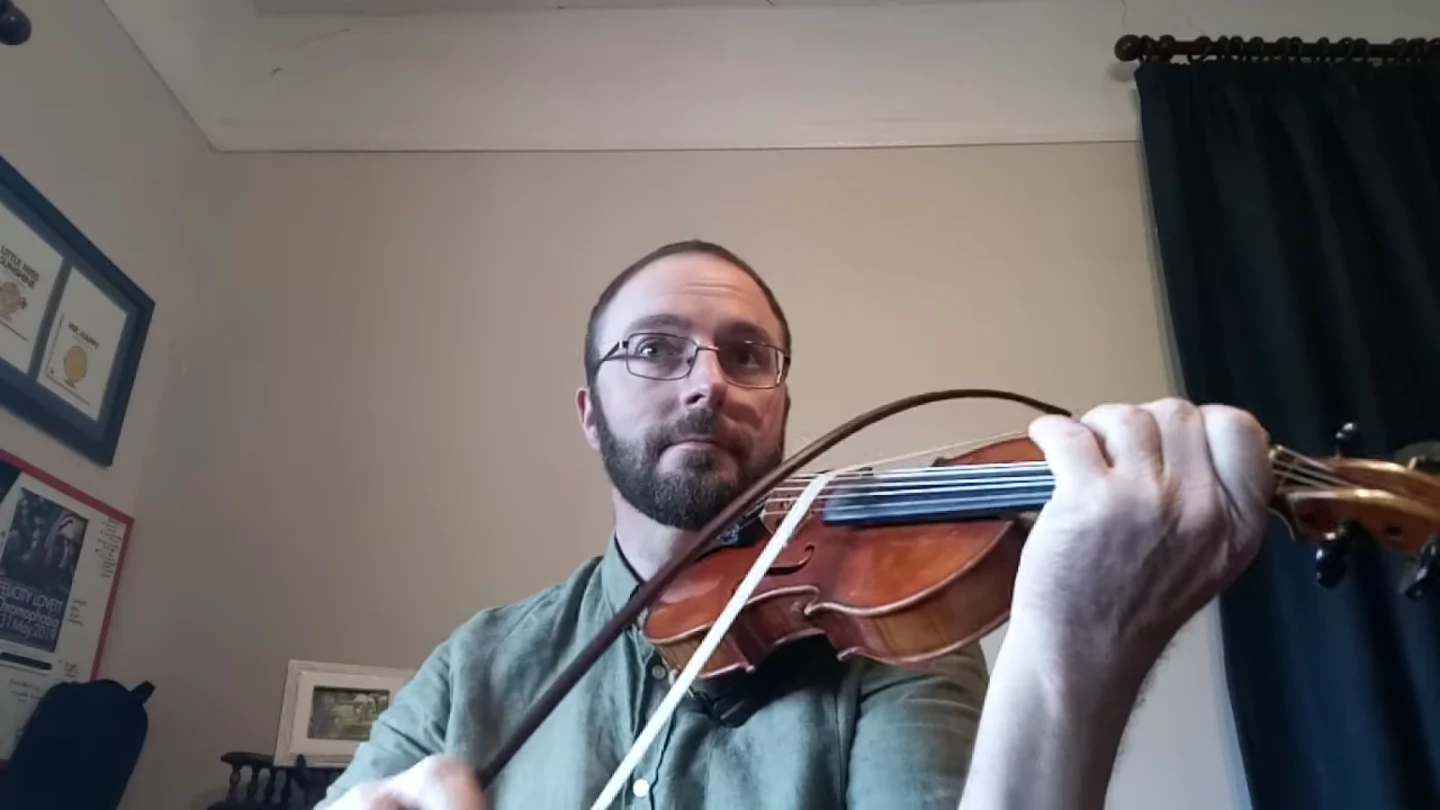Who knew the venerable violin still had surprises in store for us, after nearly 500 years as one of the leading voices in music? An Australian master archetier, or bow-maker, has built a simple device that allows violinists to easily alternate between a regular-playing bow and one that's capable of playing five-note chords.
The bridge of a violin is curved, and thus the strings don't sit in line with one another as they do on a guitar. This allows violinists to vary the angle of their bow to isolate each of the strings for expressive single-note playing or to play two strings at once when it's time to get a hoedown happening. If you really jam the bow down on the strings and bend it, you might be able to hit three strings at once.
The Polycorde (many strings) Bow is an unusual but simple design; a generously curved bow with a simple locking lever that can be operated with the thumb as you play. Leave it locked out, and it's a decent enough bow for anything that's not super quick or technical, according to inventor Charlie McCarthy, who recruited master bowmaker Philip Smith of Hobart, Tasmania to realize the design.

Flip that lever, and the bow slackens right off, and the wide curve in the bow allows you to easily drape the bow across all four or five strings of your instrument, letting you play full four or five note chords and effectively be your own violin quartet. Because it's so mechanically simple, the mechanism itself can be operated almost without thinking about it, leaving the violinist free to ponder things like "what the heck can I do with this new-found ability?"
McCarthy is selling the Polycorde Bow for AU$2,200 (a little under US$1,500) – which sounds like a lot, until you look at other non-hinging snakewood bows that Smith sells for twice that money and upward. The Polycorde is handmade, also from snakewood, and you can choose from regular, coruss, black or salt and pepper bowhairs. McCarthy says versions are in development for the viola, cello and double bass.
Take a listen in the videos below. In the first, McCarthy has just got hold of the Polycorde.
In the next, he plays a chordal accompaniment to a pre-recorded lead voice.
Source: Polycorde Bow







